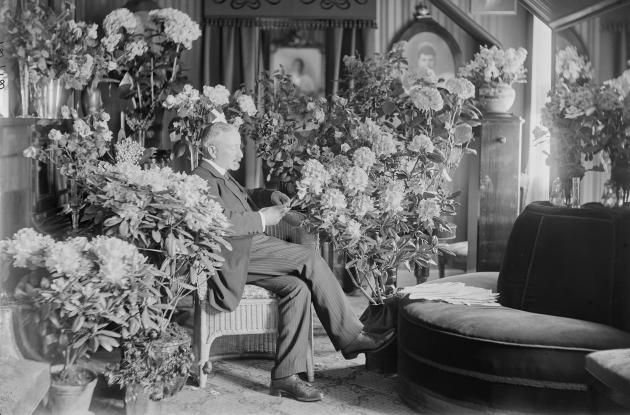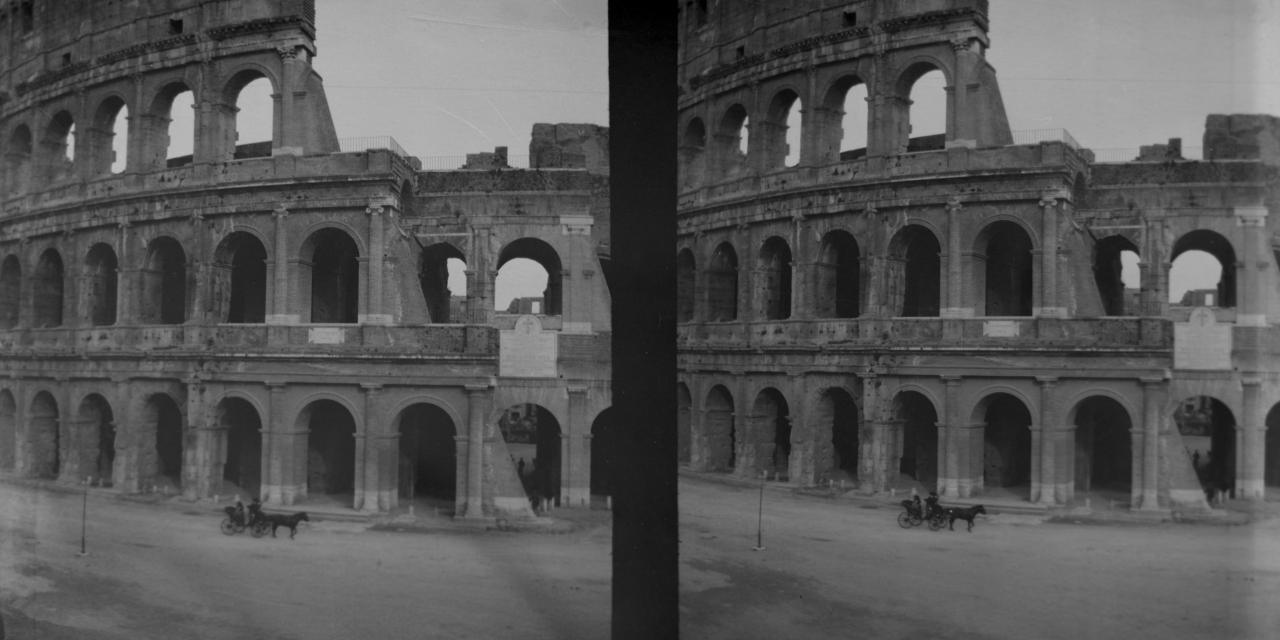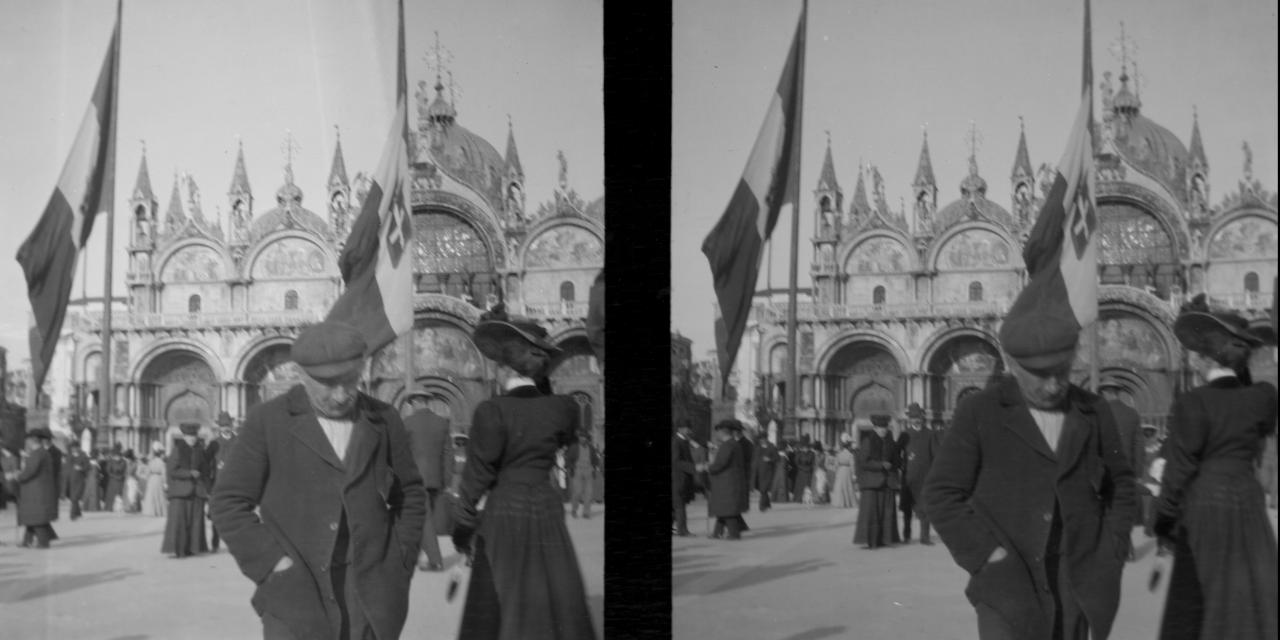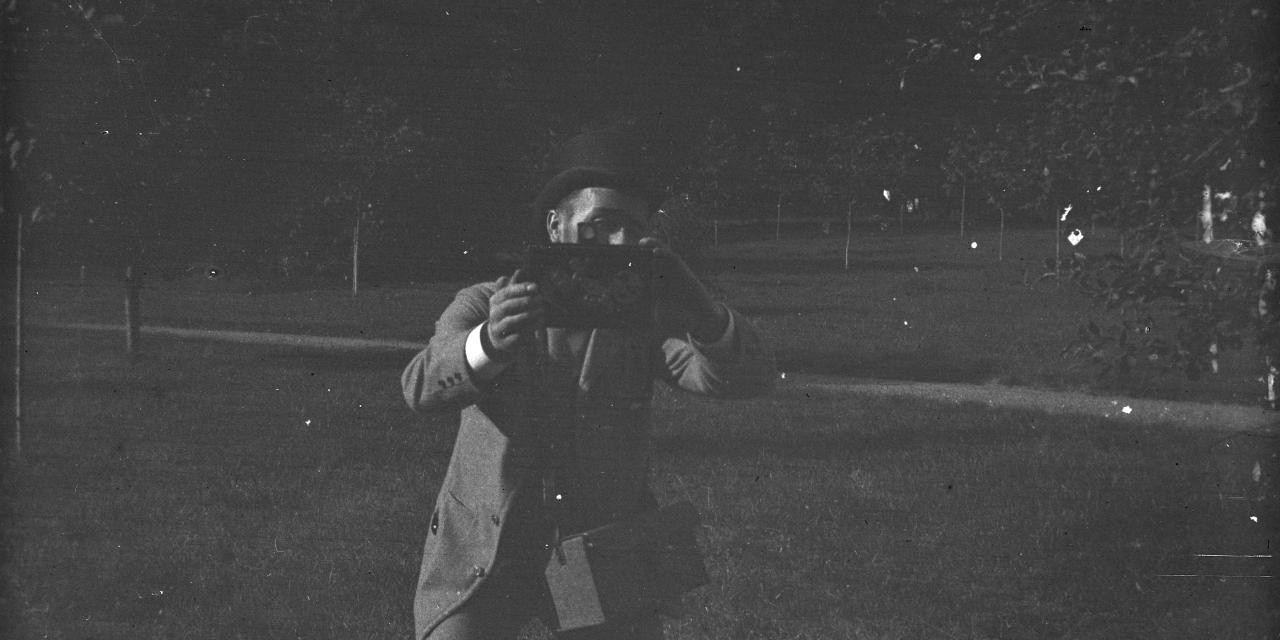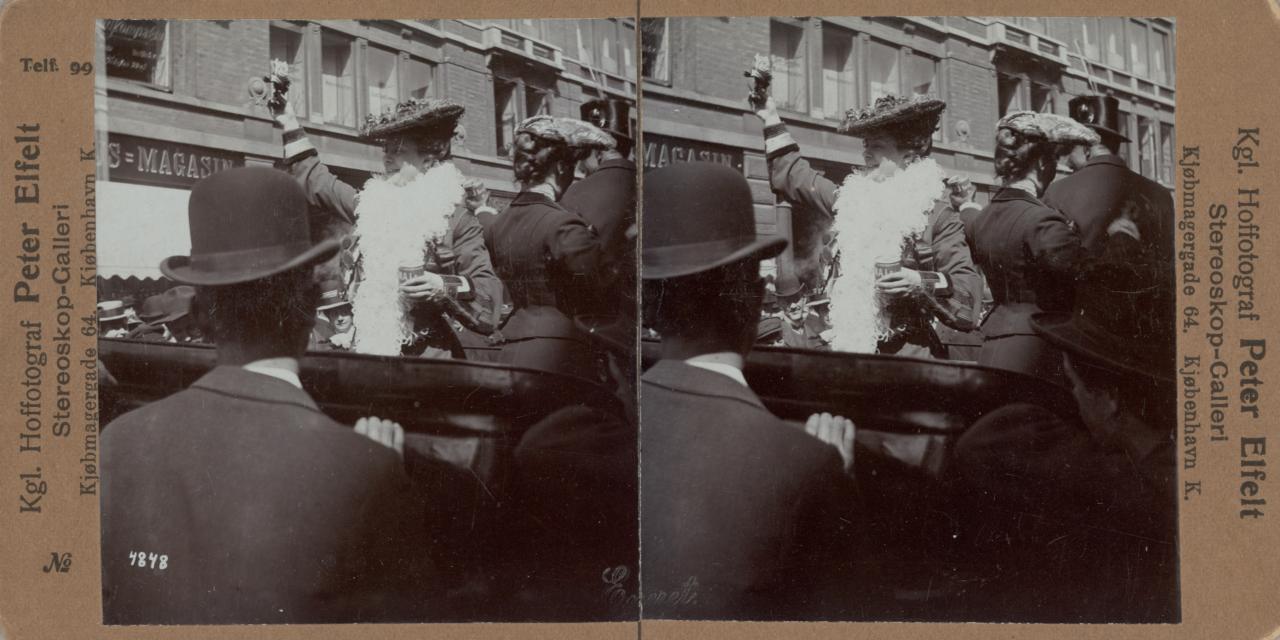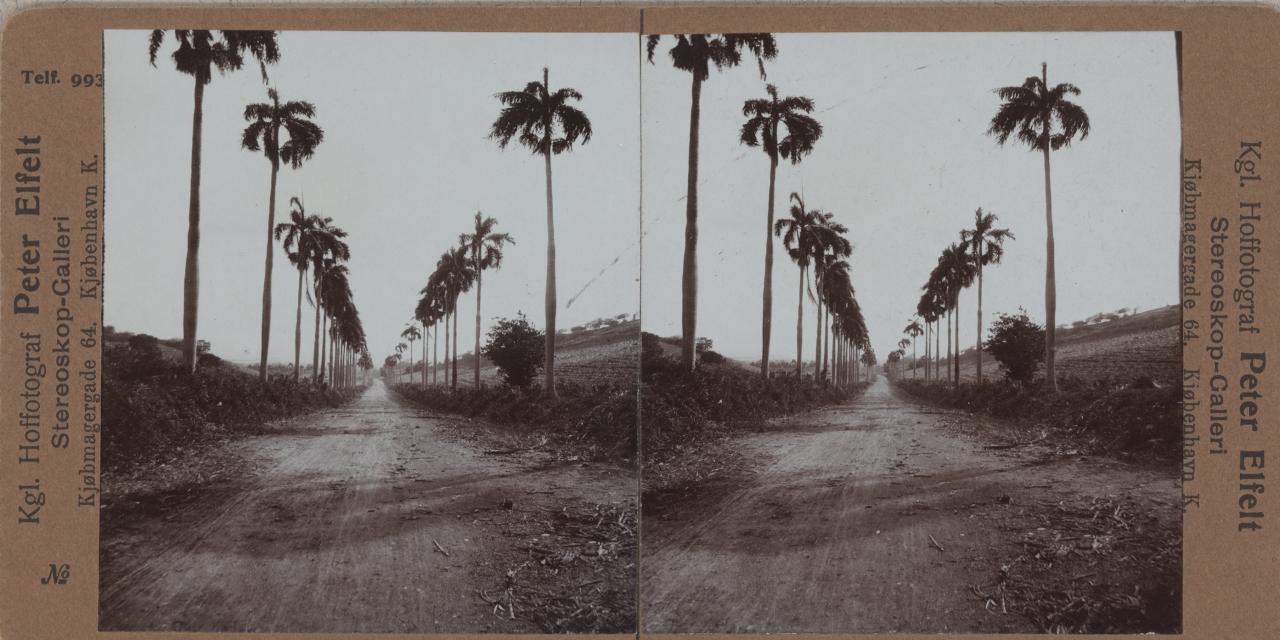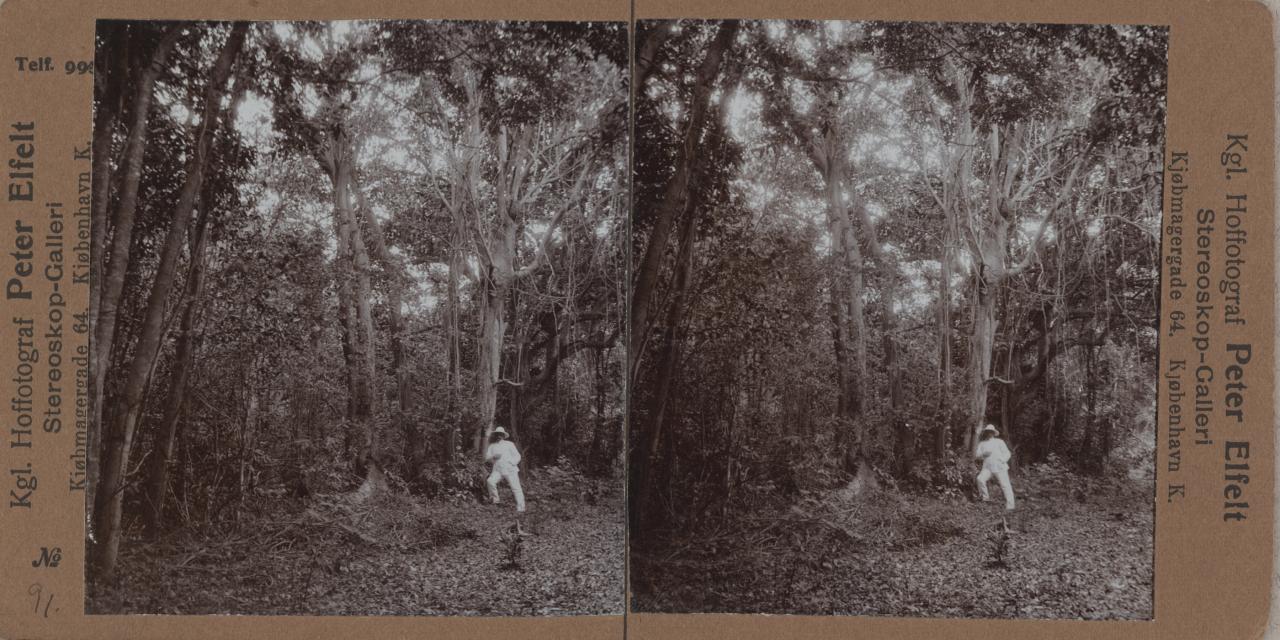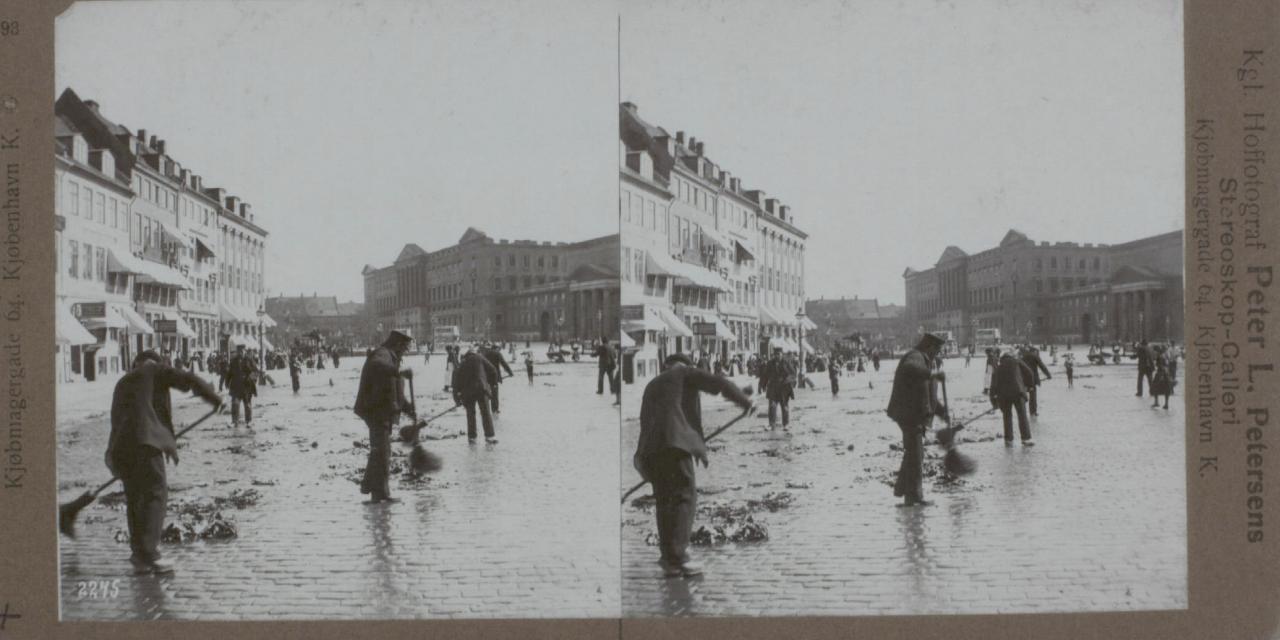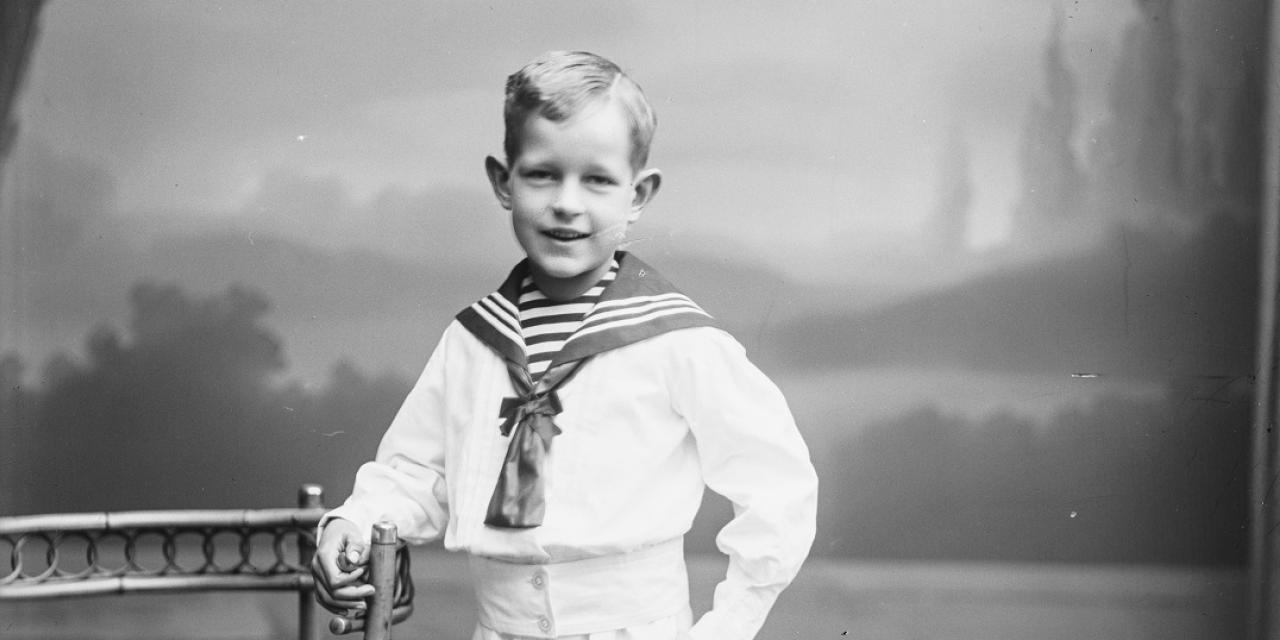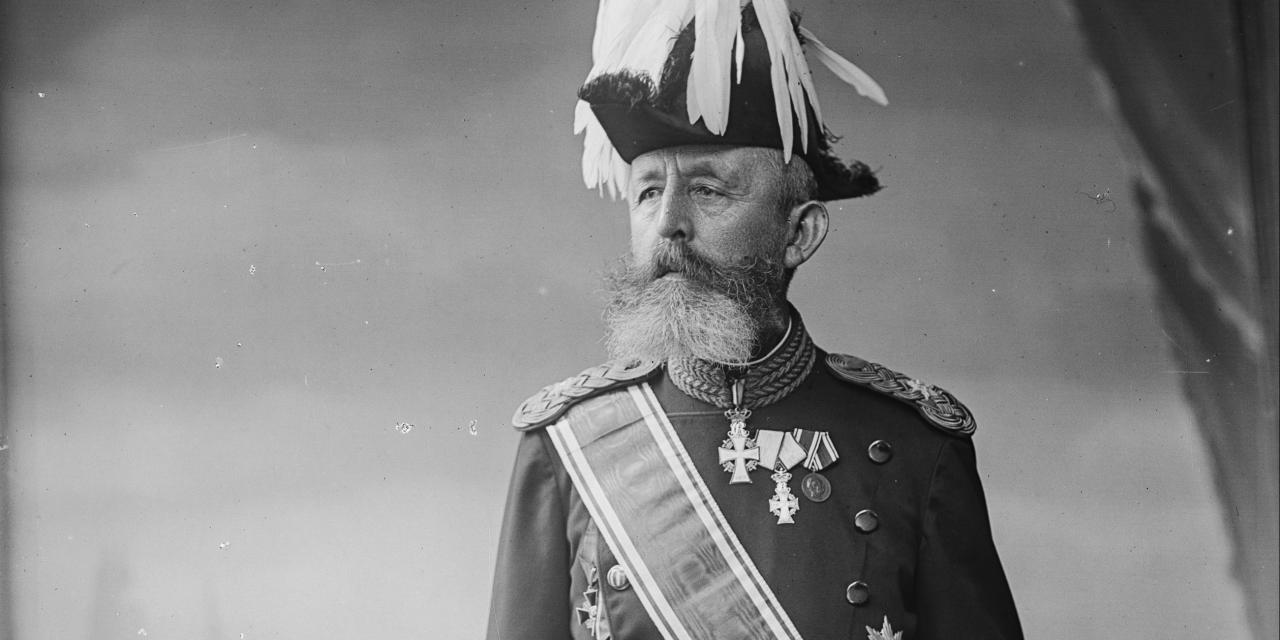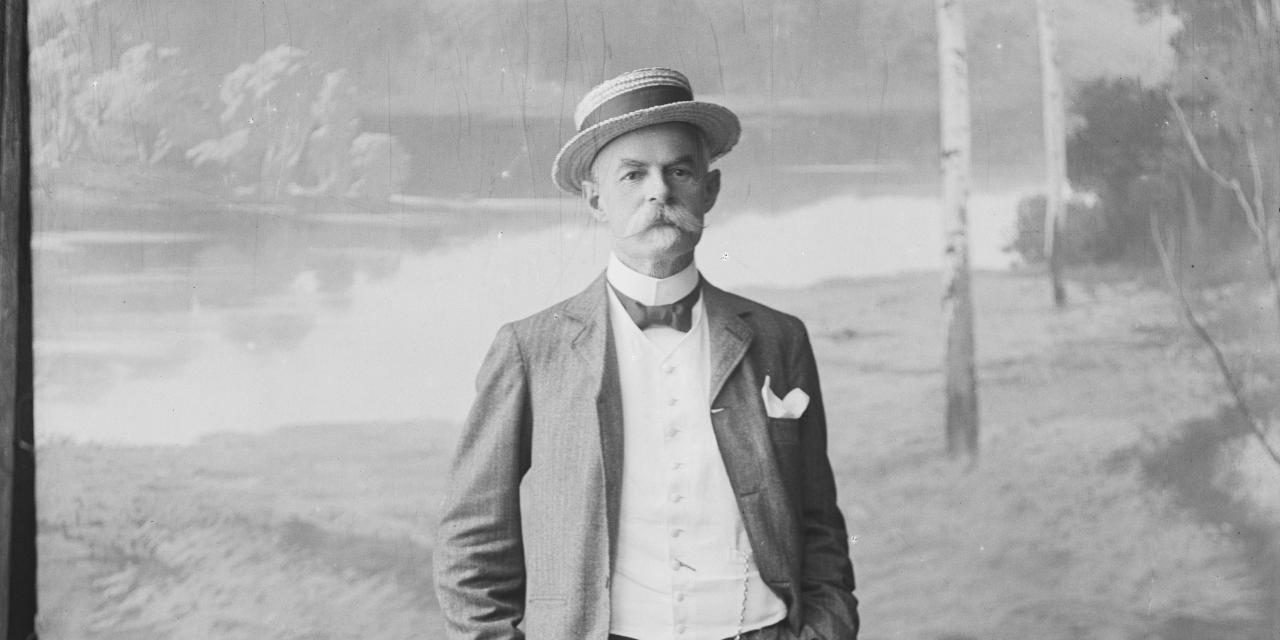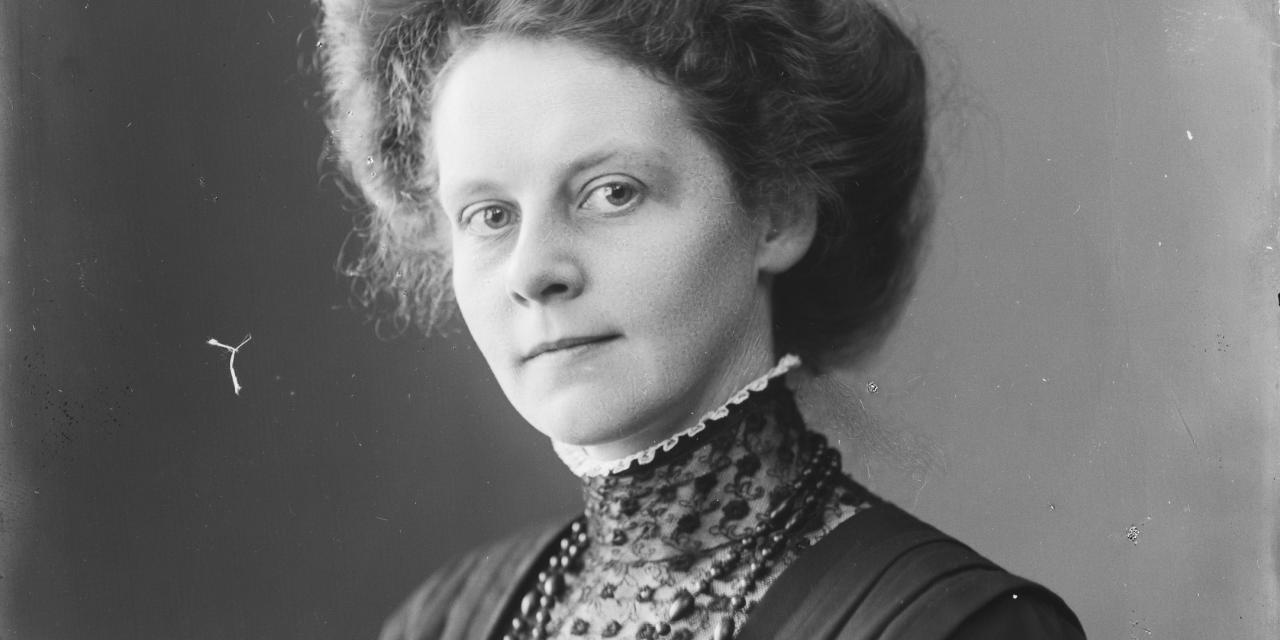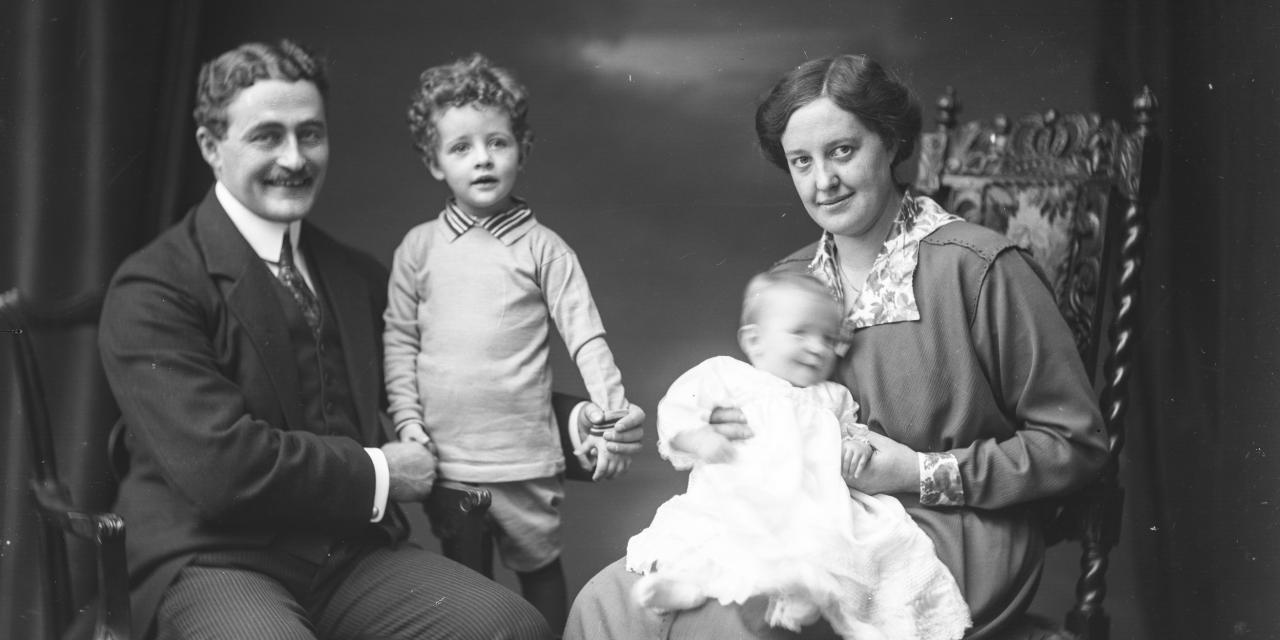The man behind the camera
Elfelt had his ear to the ground when it came to the ability of the camera. He experimented both with stereo photography, flash and magnesium cartridges, which could have unintended consequences.
When Elfelt opened his studio at Købmagergade 64 in 1890, it was a small business where his two brothers were the only employees. But Elfelt was already ambitious. The photographic technique was developing and he committed himself to getting the best equipment for the company and expertise in the photographic process. The cameras were built by the leading camera builder in Denmark - Jens Poul Andersen (1844-1935), also known as Nellerødmanden. They were large boxes with heavy lenses on a stand. The negative in the camera was made of glass, and it required care when developing and fixing the plate.
"Most fell halfway out of their chair when Mr. Petersen fired the cartridges, and the hall was filled for a moment with thick, suffocating smoke. Out on the street, people thought there had been an explosion or an Anarchist attack".
The technique was not the only thing that had to be in order. People widened their eyes when the movers brought the things that needed to go up in the studio. There were palm trees, podiums, velvet curtains with passementerie and all kinds of backgrounds with, for instance, forest motifs.
Before entering the studio, you waited in the anteroom, where you could see examples of the studio's work. Outside the studio there was more light and it was therefore easier to photograph. The camera was still big and heavy, but it managed to get fantastic pictures of street and shop life and also on major public days, whether it was Constitution Day or a royal funeral. Elfelt was among the first to photograph with flash or magnesium cartridges, which he began experimenting with in the 1890s. It could be quite a violent process and at times caused great commotions.
Photography in 3D
Elfelt had his ear to the ground when it came to new inventions. It is therefore not surprising that he became interested in stereo photography. Stereo photography gave a spatial experience of the subject. Shielded from the real world, the viewer almost felt transported in time and space. Suddenly you found yourself in a different place.
The stereo photograph consists of two photographs taken by a camera, which, when viewed through a stereo viewer, provide a 3D experience. It was already produced when photography was invented in 1839, but it had its heyday in the period 1860-1930.
It was not long before Elfelt acquired a camera and began producing stereo photographs. In 1892 he established the Stereoscope Gallery, from which you could buy all kinds of motifs.
He had also bought some collections from previous photographers that he thought there was a market for. This applies, for example, to pictures from the battlefield during the war in 1864.
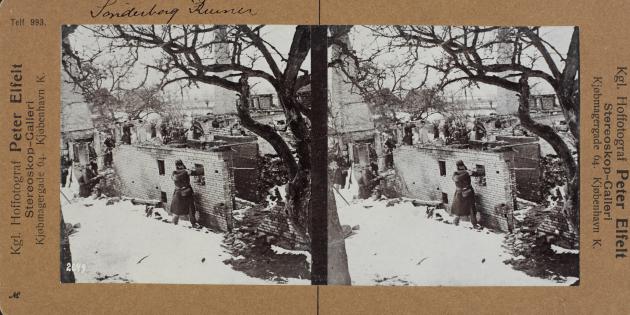
Photo: Peter Elfelt
The pictures were not from the heat of battle, because the equipment was completely different from what today's war photographers have. In 1864, the negatives were on glass, the emulsion had to be on the plate and the image developed within 15 minutes, so you had to have a darkroom with you if you were outside. The pictures from 1864 are therefore staged so that it looks as if they were taken during the war, but the reality is that the soldiers re-enacted war scenes for the sake of the photographer. Elfelt secured the rights and could therefore offer the buyers in the Stereoscope Gallery the opportunity to be "eyewitnesses" to the war.
Otherwise, there were stereo photographs of streets and sights in Copenhagen. You could experience the streets you used to walk every day if you lived in the inner city: Købmagergade, Kultorvet, Kgs. Nytorv, Langelinie; but you could also come from outside the city. To Dyrehaven or Jægerspris forest. And then you could visit a multitude of castles, Kronborg, Fredensborg, Amalienborg and of course also get inside the royal walls. The stereo photographs from abroad were particularly attractive. They were a kind of visual precursor to charter tourism, because here the majority who could not afford to travel could still visit Paris, Berlin, London and even as far as China or to the West Indies, what was then a Danish colony.
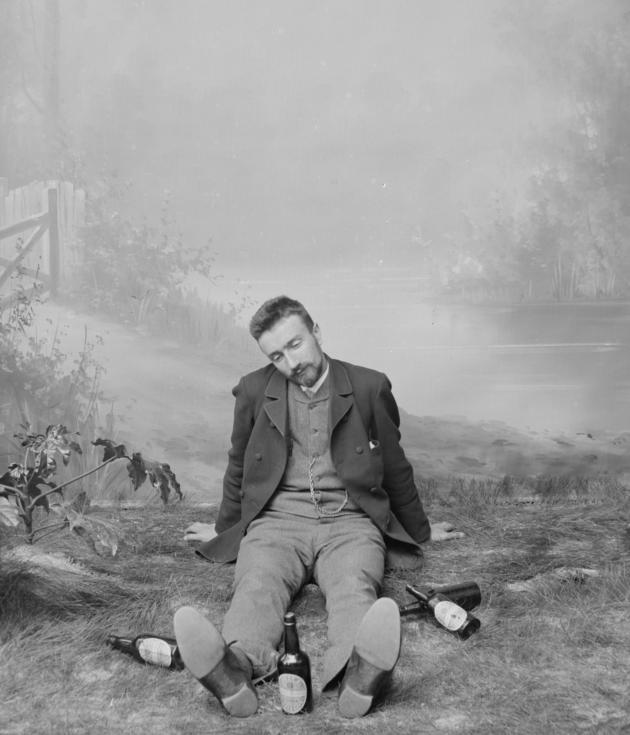
Photo: Peter Elfelt
The carte de visite photograph
The invention of the carte de visite photograph is attributed to the Frenchman Disderi, who took out a patent for it in the 1850s . He had found out that you could attach a small portrait to a cardboard plate with the photographer's name printed on the front and back. It became popular at the end of the 19th century, when not only the upper class but also the rest of the population had the opportunity to get a portrait of themselves.
The carte de visite photographs were, as the name suggests, used to hand out at visits. When you arrived at a home, there was a bowl in the reception room where you could put your photograph. You could stand there and look at other people's photos, just as you can see photos of friends' friends on social media today.
When Peter Elfelt opened his studio at Købmagergade 64, the genre was established. There were photographers in all smaller towns, and in the centre of Copenhagen you could find photographers in almost every street. The competition was fierce, but people flocked to Elfelt's studio to be photographed, and their pictures bearing Elfelt's name were soon circulating along with those of all the other photographers.
Most are photographed on a simple plain background or with a backdrop. However, there are also examples of romantic backgrounds with misty landscapes, forest lakes or scattered clouds.
Would you like to see more of Elfelt's carte de visite photographs?
In Digital Collections you can explore Peter Elfelt's collection of countless portrait photographs for carte de visites.
